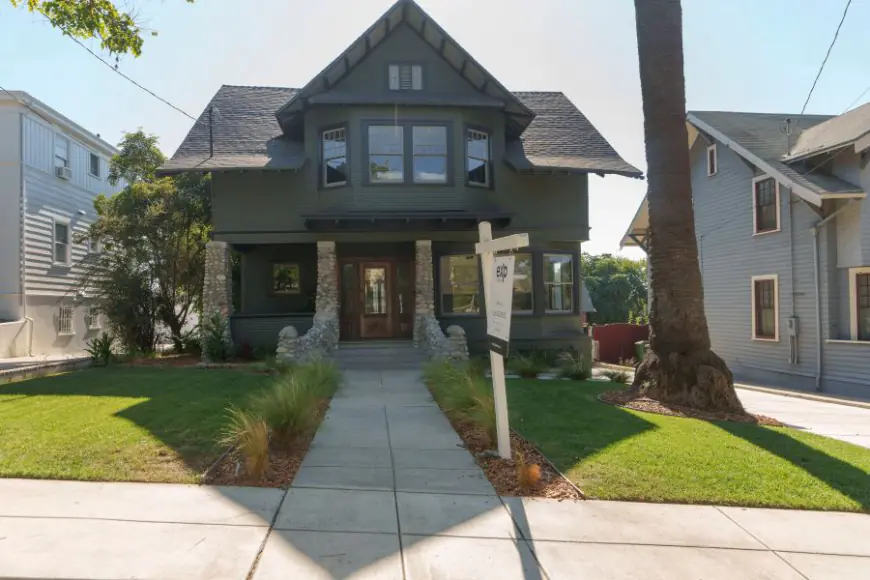California home sales were expected to soar in 2024. Here's what happened
2024 was expected to be a big rebound year for home sales in California. With inflation easing and the Federal Reserve poised to gradually cut interest rates, economists at the California Association of Realtors (CAR) predicted home sales would soar nearly 23% after plunging more than 24% in 2023. Now, with just two months left [...]

2024 was expected to be a big rebound year for home sales in California.
With inflation easing and the Federal Reserve poised to gradually cut interest rates, economists at the California Association of Realtors (CAR) predicted home sales would soar nearly 23% after plunging more than 24% in 2023.
Now, with just two months left in the year, the association admits it was “fooled” and has downgraded its forecast for a second time, now expecting just a 7% year-over-year increase.
Home prices, meanwhile, continued to climb higher. In October, the median price for a single-family home in California was $868,000, up about 3% from a year earlier.
The problem, according to CAR Chief Economist Jordan Levine, is that mortgage rates have remained high even as the Federal Reserve cut the federal funds rate twice this year.
“You have a lot of folks out there under the misapprehension that the Fed controls mortgage interest rates,” Levine said on a recent podcast. “The Fed only controls one part of the story.”
For homebuyers, Levine explained, the Treasury bond market plays a larger role.
In September, the Federal Reserve cut the federal funds rate by half a percentage point, followed by another quarter-point reduction in early November, bringing the rate to 4.75%. Yet as those cuts arrived -as expected- the Treasury bond yield edged significantly higher.
“You had a lot of buyers sitting on the sidelines during the spring and summer waiting for those Fed rate cuts,” Levine said. “But when we saw the Fed actually give us a [50 basis point] rate reduction, the 30-year fixed-rate mortgage actually increased.”
As mortgage rates inched higher, home sales naturally declined.
As of Monday, the average 30-year fixed mortgage rate in the U.S. stood at 6.78% — a far cry from the historically low 2% range seen during the pandemic.
Looking ahead to 2025, CAR is forecasting a modest 10% increase in home sales, or roughly 304,000 homes, compared to this year. The Fed is expected to continue cutting rates, but Levine cautions that those cuts may not immediately translate into significantly lower mortgage rates.
Prices, he said, will likely keep climbing for the same reason they usually do in California: supply has not kept up with demand.
“California is on a 35-year trend of underbuilding,” Levine said. “Housing affordability, homeownership, and all of the challenges associated with achieving homeownership are still very much front and center, even as these immediate economic issues fade into the background.”
What's Your Reaction?








































































































